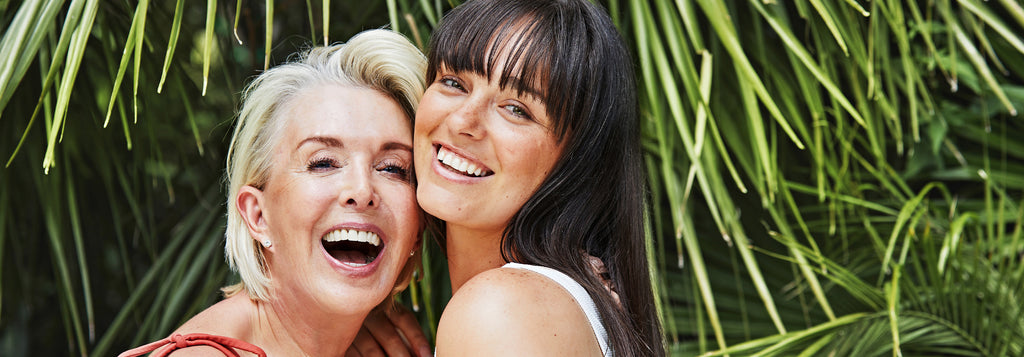[ad_1]
We’re debunking some of the most common sun care myths we’ve heard recently, so that you can stay sun smart this summer!
You can only burn in summer
Your skin can actually burn any time of the year. While it’s true that the sun’s UV rays are stronger during the summer months, our skin is exposed to them all year round, even when it’s cloudy. This means you can still get sunburnt on cool, hazy or cloudy days.
You can’t get sunburnt inside or in the shade
You can still burn when inside and in the shade. You may be surprised to learn that UV rays can pass through leaves, branches, windows and clouds – they can even reflect off water, sand, glass and concrete. While sitting in the shade or indoors does limit you UV exposure, it doesn’t mean you’re escaping it completely!
You only need to apply sunscreen once a day

You should reapply sunscreen regularly throughout the day. To ensure your skin is always protected, we’d recommend reapplying sunscreen at least every two hours if you’re exposed to the sun, regardless of SPF factor.
A tan that builds isn’t dangerous
There is no healthy way to tan from UV rays. Any tan we get from the sun is actually an indication that our skin has been damaged and is trying to protect itself against further UV radiation. Achieve a golden, confidence boost with our 100% natural, skin-loving tanning products instead!
ALL SUNCARE WORKS IN THE SAME WAY

We use both mineral and chemical sun filters and they protect from UV rays in slightly different ways.
CHEMICAL
Chemical sun filters absorb and convert UV rays into heat, in the same way the melanin in your skin converts UV to heat when you tan. The heat generated by this process is then released on the surface of the skin.
Sun care products containing chemical sun filters typically have a silkier consistency, and guarantee a transparent application on the skin.
MINERAL
Mineral sun filters sit on the skin’s surface, where they reflect UV rays away to effectively protect against the sun. The process of reflecting rather than converting UV means that mineral sunscreens are a popular option for those with super-sensitive skin that might react to the chemical sun filter process.
Sun care products containing mineral sun filters tend to be richer in texture, making them a great choice for anyone who prefers a thicker consistency.
Makeup acts as a UV barrier
Makeup doesn’t act as a barrier and will not protect you skin sufficiently. UV rays are still able to pass through your makeup, penetrating the skin’s surface and causing sun damage. Even when wearing makeup with an added SPF, we recommend also wearing a facial SPF to ensure all areas of the face – including those you wouldn’t apply makeup to – are protected.
It’s too late to protect my skin – it’s already damaged
It’s never too late to start taking care of your skin. Skin damage is cumulative. On average only 47% of lifetime exposure occurs by age 40, which means that the most sun damage occurs after this time. Start safeguarding yourself now by wearing a broad spectrum SPF 50 sunscreen every day – your skin will thank you for it.

Discover our new range of broad spectrum nourishing, reef-friendly sun protection.
[ad_2]
